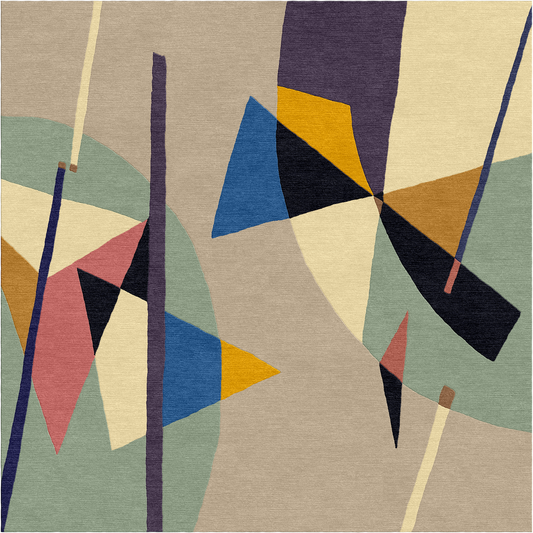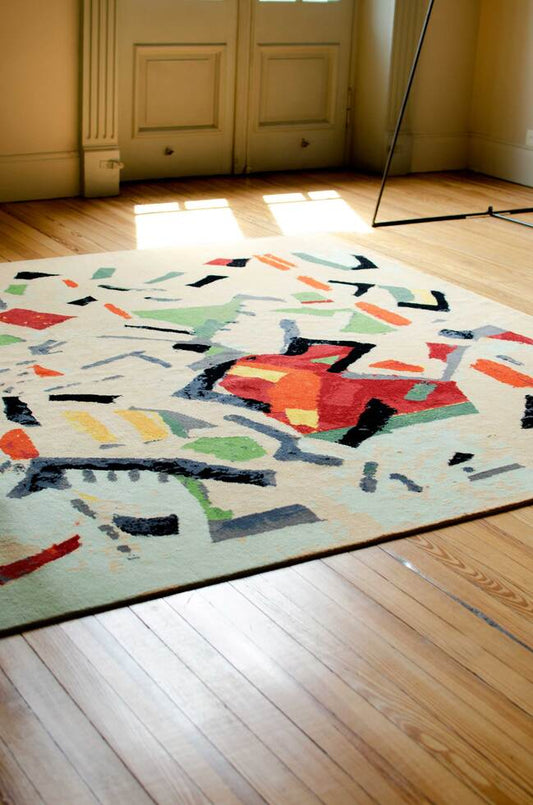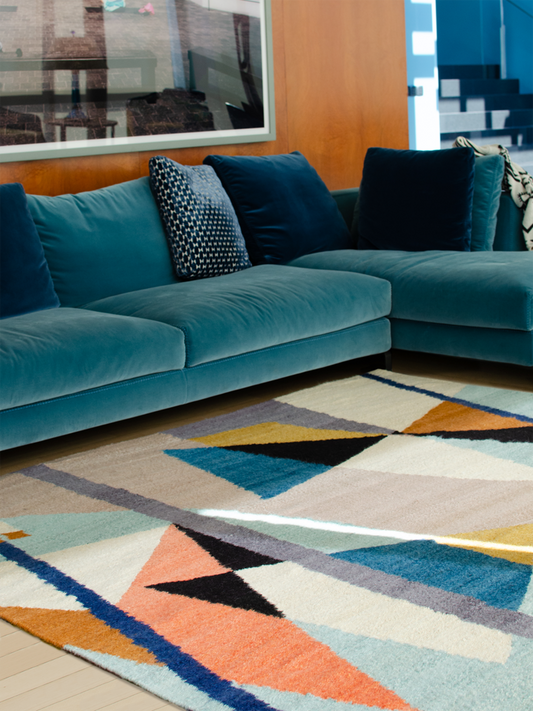delprete-page
-
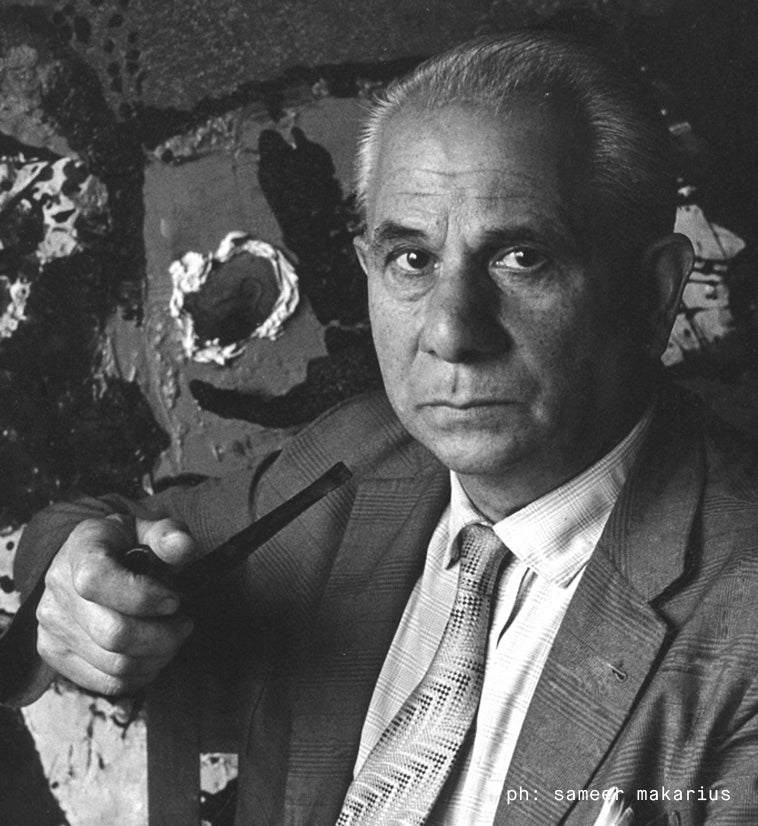
-
Del Prete, Juan (Vasto, Italia, 1897 - Buenos Aires, 1987)
“What I value most in painting is its own constitutive elements: color, form, line, independently from the prefixed rules that limit its freedom of expression. It's been like this from the beginning for me. I have learned to paint from nature, intuitively finding color planes and synthetic forms, and that is the basis to all my latter work”.
Born in Italy, Del Prete moved to Buenos Aires when he was a young boy. Although he briefly attended the Perugino Academy and the Fine Art Students Mutuality workshop, he is mostly a self-taught artist. In 1929 he was awarded a grant to settle in Paris, where he met some of the biggest names in the avant-garde movements of the time, such as Joaquin Torres García, Jean Arp and Alexander Calder. He returned to Argentina in 1933, and held what is now considered the first non-figurative art exhibition in the country, in which he showed heavily textured paintings. Shortly after, he exhibited abstract sculptures made from wire, iron plates and carved plaster. It was also around this time that he met his life-long disciple and spouse, artist Eugenia Crenovich, a.k.a Yente.
In the following decades, his work oscillated between figuration and abstraction, showing these two were not necessarily antagonistic, but could actually be complementary. In both cases, he usually favors geometric shapes, bright colors and visible brushstrokes. By late 50s he adopted dripping and splashes to work on large canvases, closer to an informalist aesthetic, and in the early 60s he included discarded materials and pieces from his own previously destroyed works. Through painting, drawing, photography and scenography, he created a diverse body of work that eludes the stiff categories in which we usually classify 20th century art.
-
Del Prete Juan, Geometry (Handknot)
Precio habitual A partir de $5,750.00 USDPrecio habitualPrecio unitario por -
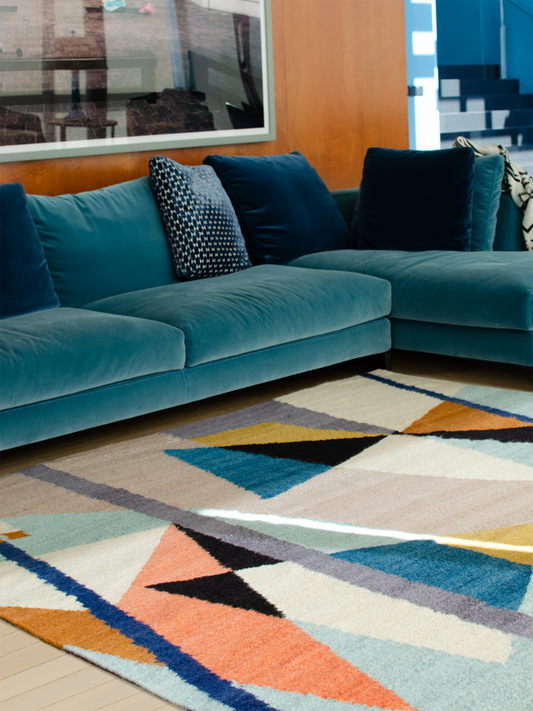 Oferta
OfertaDel Prete Juan, Geometry.
Precio habitual $2,975.00 USDPrecio habitualPrecio unitario por$3,500.00 USDPrecio de oferta $2,975.00 USDOferta -
Del Prete Juan, Fragments
Precio habitual A partir de $5,000.00 USDPrecio habitualPrecio unitario por -
Del Prete Juan, Geometry
Precio habitual A partir de $3,500.00 USDPrecio habitualPrecio unitario por


